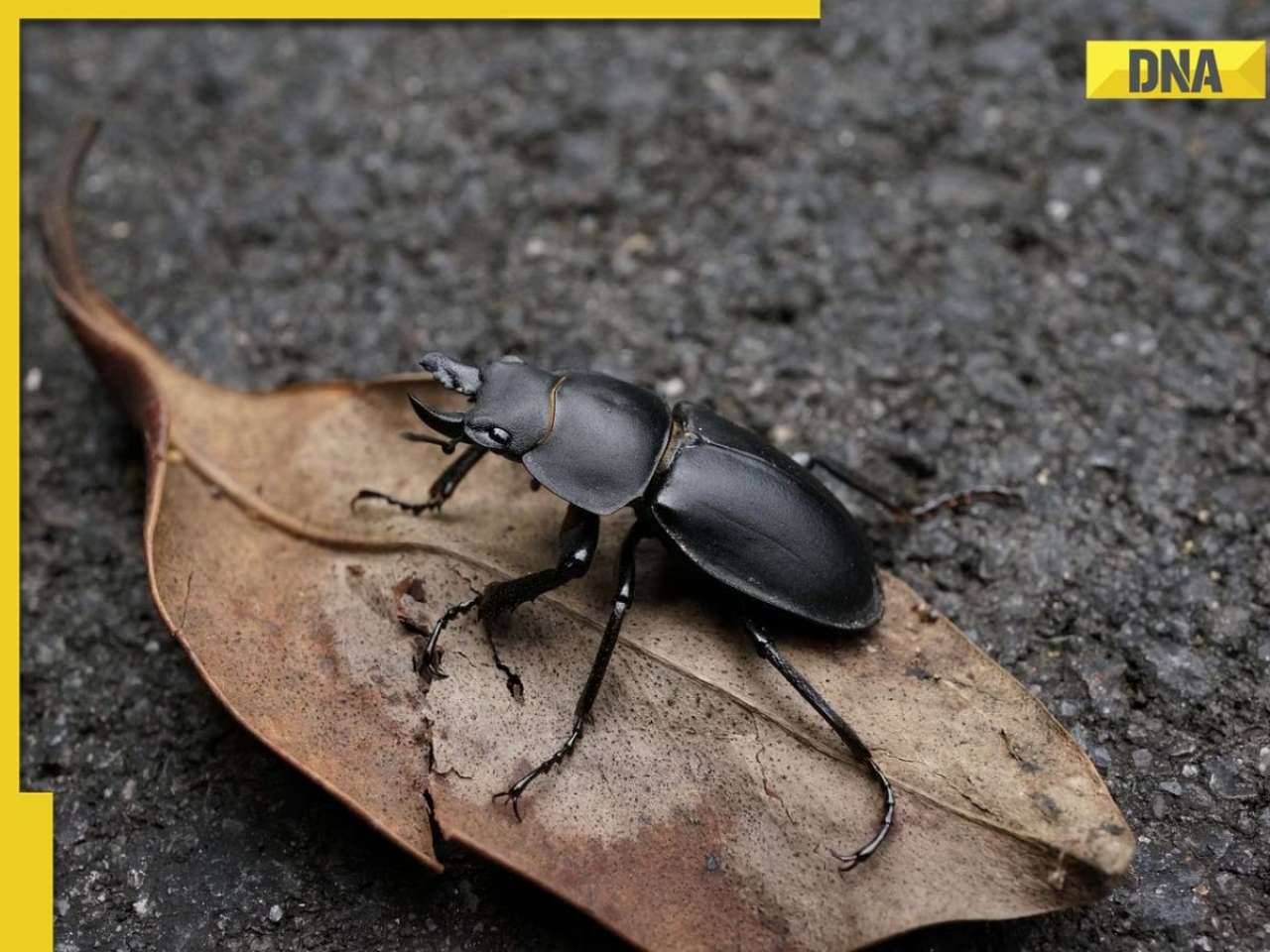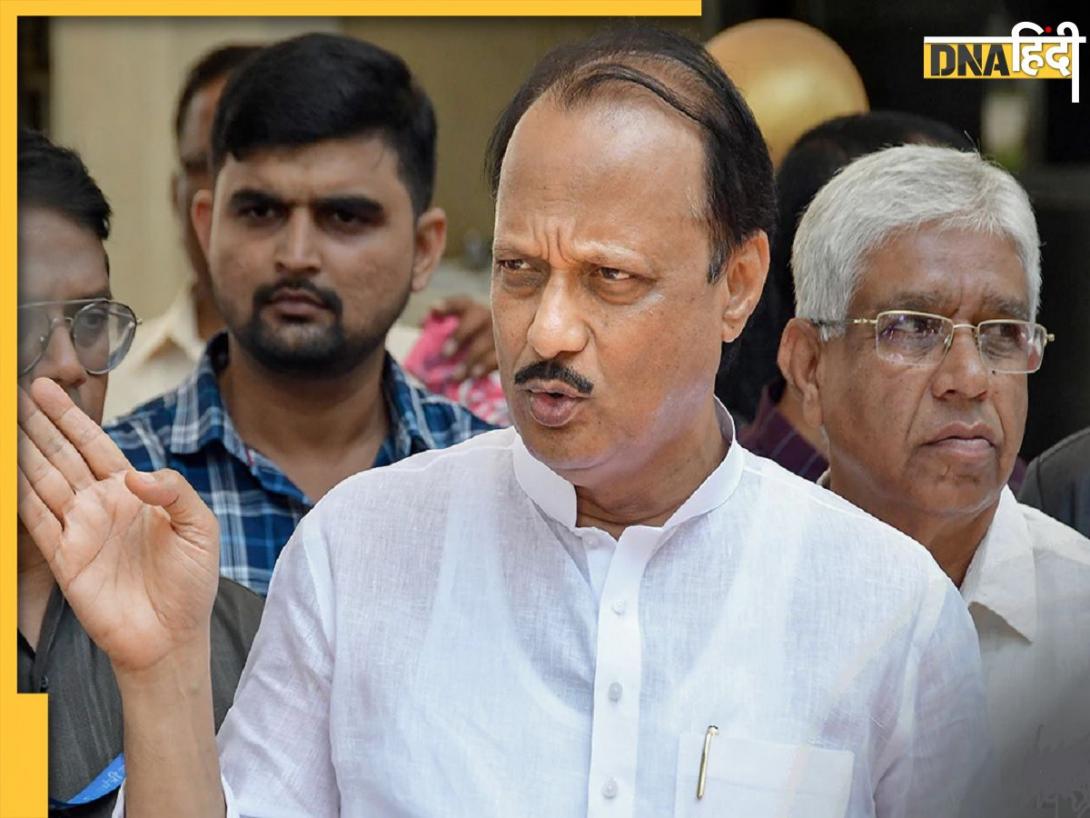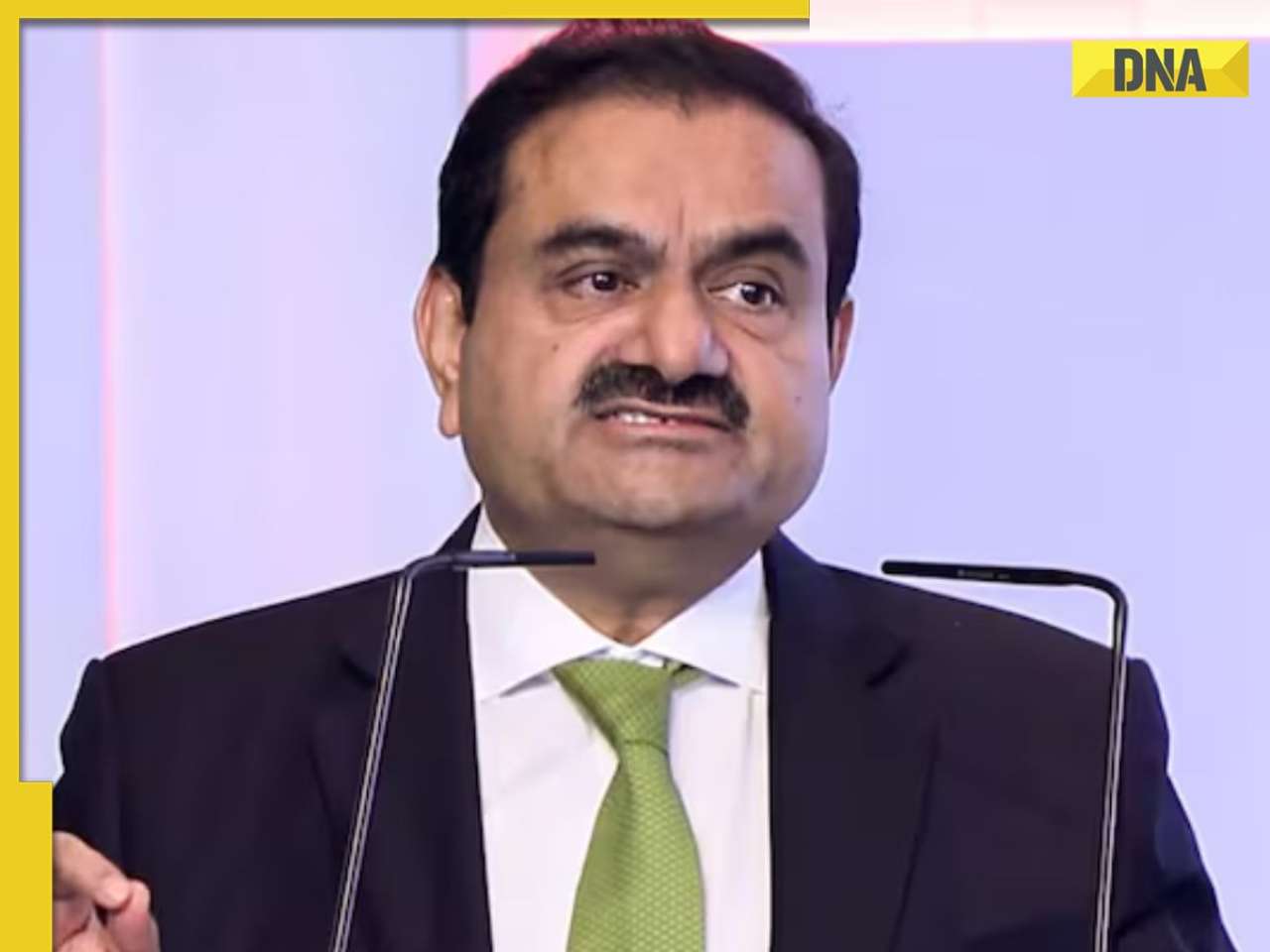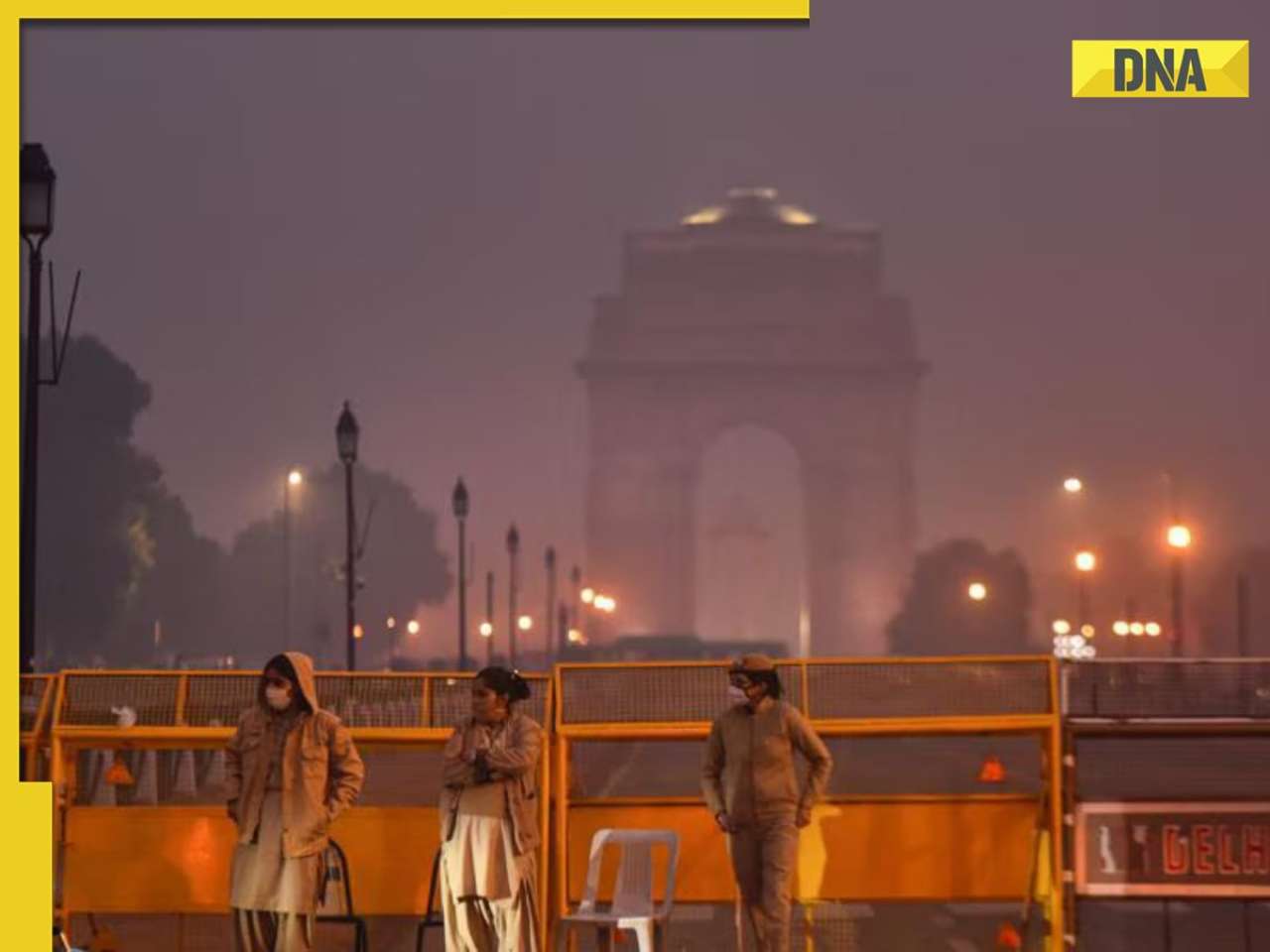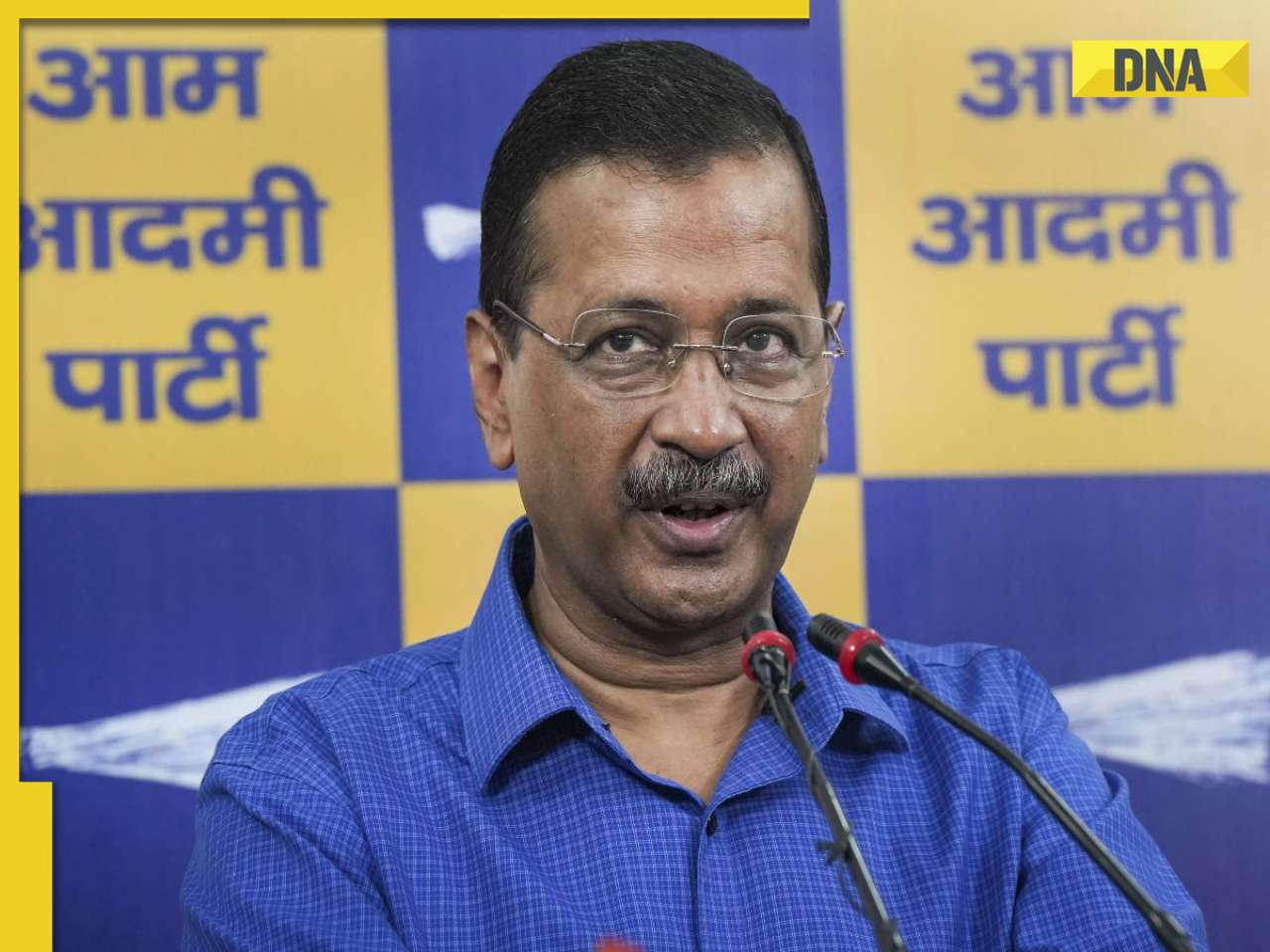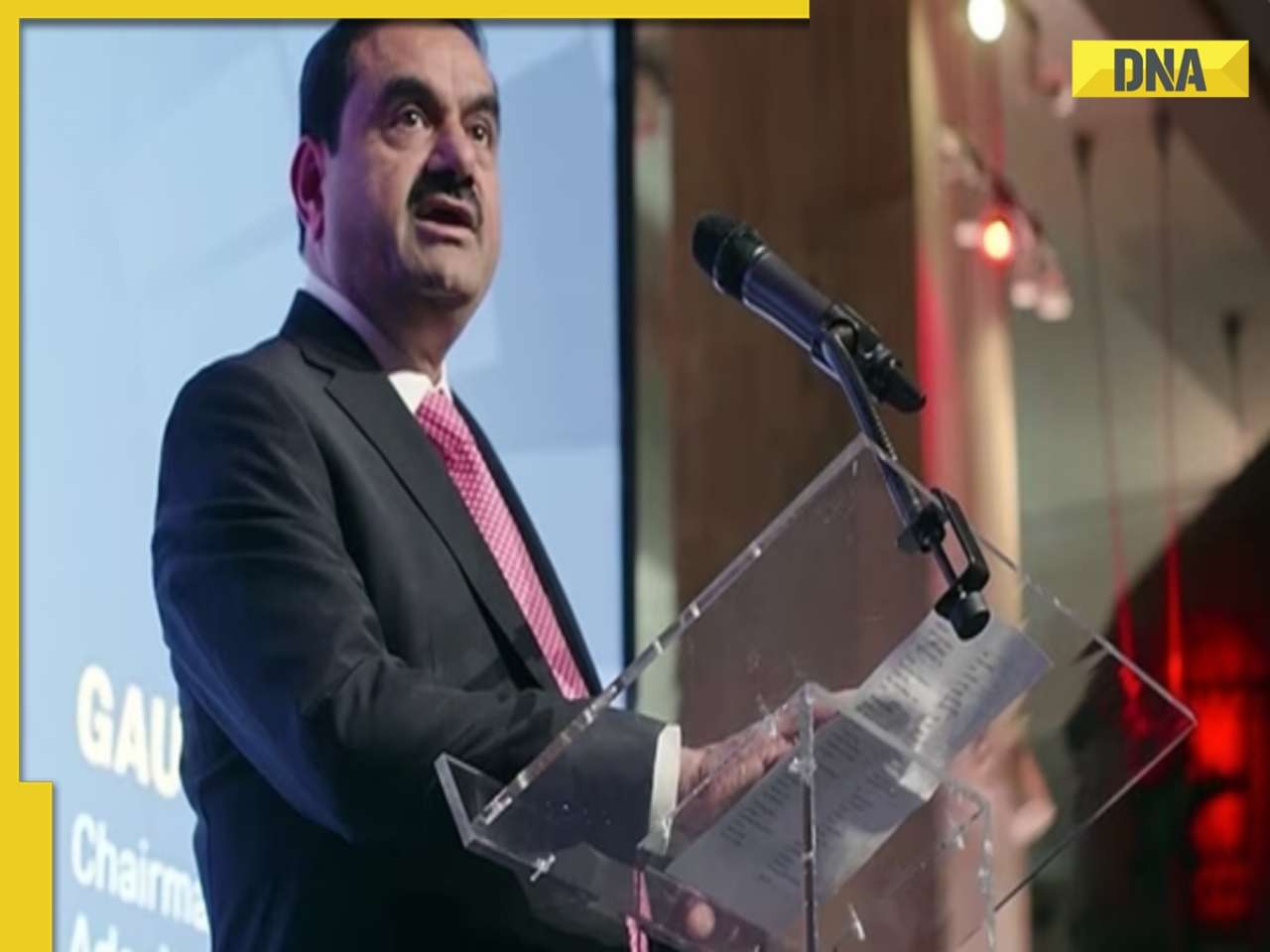- LATEST
- WEBSTORY
- TRENDING
VIRAL
Diamonds, gold, jewelleries'..who kept priceless treasure in Puri's Jagannath Temple's Ratna Bhandar?
The temple showcases a blend of Kalinga and Dravidian styles, representing a significant cultural and religious milestone in Odisha’s history. Many rulers and devotees have contributed to the temple's wealth.
TRENDING NOW
The long-sealed Ratna Bhandar of the Jagannath Temple has been opened, revealing a wealth of gold, diamonds, and jewels. Hidden away for many years, this treasure has finally seen the light of day, sparking curiosity about its origins. But who donated such a fortune to the temple?
Inside the Ratna Bhandar, a cupboard containing 12 boxes filled with precious items was found in the basement. The exact inventory of these items remains undisclosed as they await repair and documentation. According to Charles Grom's 1805 documentation, the treasure originally included 64 gold and silver ornaments, 128 gold coins, 1,297 silver coins, 106 copper coins, and 1,333 types of clothes.
The Jagannath Temple in Puri, was constructed in the 12th century. Its foundation was laid by King Ananta Barman Dev of the Ganga dynasty between 1078 and 1148, and it was later given its current form by Oriya ruler Ananta Bhima Dev in 1197. The temple showcases a blend of Kalinga and Dravidian styles, representing a significant cultural and religious milestone in Odisha’s history.
Many rulers and devotees have contributed to the temple's wealth. After its construction, King Anangbhima Dev donated several lakhs of Madha gold to the temple. To put it in perspective, one Madha equals five grams of gold, amounting to approximately 5 kg of gold. The Suryavanshi rulers also offered precious gems and gold to the temple.
In the 15th century, Suryavanshi King Maharaja Kapilendra Dev made substantial donations, including gold, silver, and precious diamonds. It is said that Kapilendra Dev brought several elephants loaded with treasures to the temple. Maharaja Ranjit Singh was another notable donor, contributing a significant amount of gold and even mentioning in his will that the Kohinoor diamond should be given to the temple.
The temple’s treasure has not always been safe. According to Odisha historian Anil Dheer, the Afghans and Mughals looted the treasure multiple times. In 1803, the British captured the temple, having taken over from the Marathas. Interestingly, the British meticulously documented the treasure, ensuring its preservation. Despite many oral stories of additional donations brought on elephants, these tales remain unrecorded.
Hidden Chambers
The Ratna Bhandar consists of two chambers. The outer chamber houses the Lord’s clothes, while the inner chamber contains the treasure. Accessing the inner chamber requires passing through the outer one. It is believed that during earlier invasions, the Lord was hidden for many years to protect the treasure.
The recent opening of the Ratna Bhandar has once again brought to light the immense wealth and historical significance of the Jagannath Temple. As the inventory and restoration effort continues, the temple's benefactors' legacy and stories about its hidden treasures continue to spark curiosity and attention.
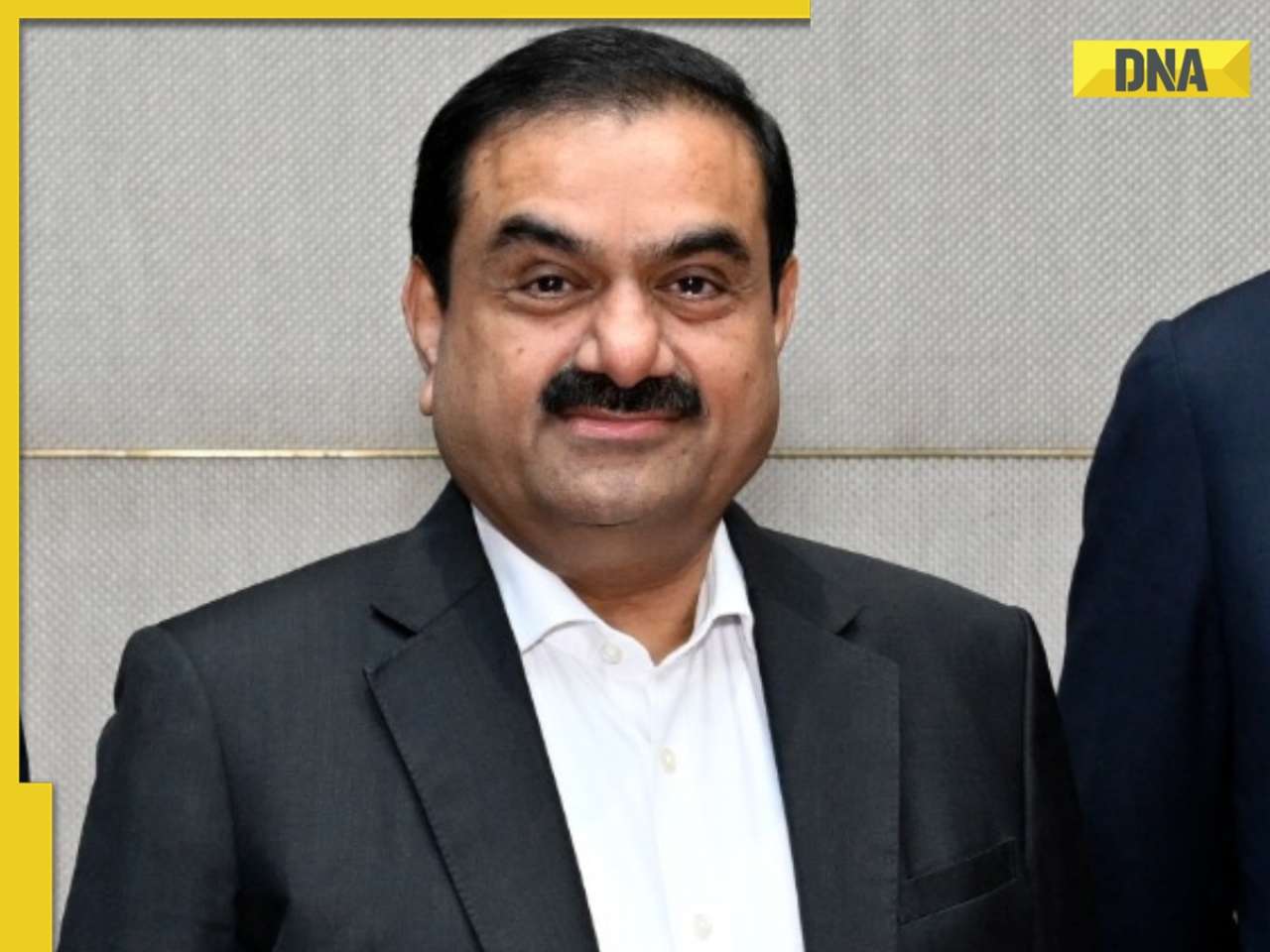






)
)
)
)
)
)
)
)
)
)
)
)
)
)
)
)





